If your job requires you to work in a cubicle, there’s no doubt that you’re aware of the many challenges that come along with working in such a setting. Namely, the space can be tight and cramped, but above all else, one of the greatest challenges of working in a cubicle is the noise.
The space above you is open and the walls are thin, so all types of sound can infiltrate your space. The chatter of your co-workers, printers, fax machines, and various other sounds can be extremely distracting. While it isn’t possible to completely soundproof a cubicle, there are ways that you can minimize the noise and create a quieter – and more productive – environment to work in.
There are two primary types of noise: airborne and structural.
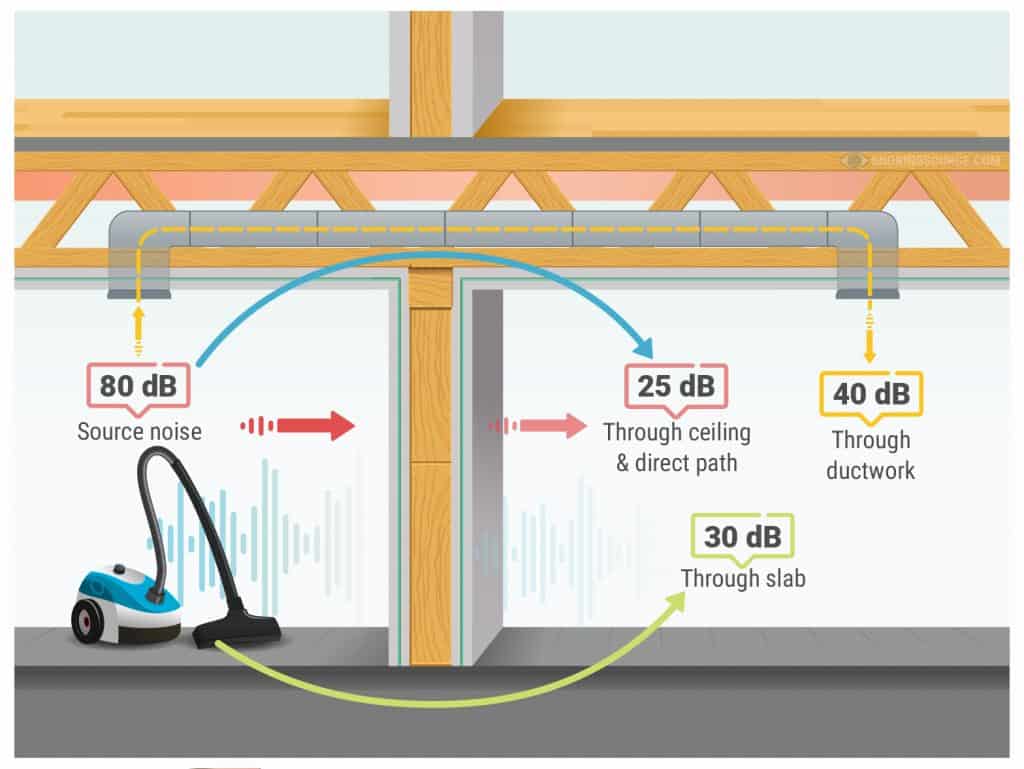
Airborne noise is defined as any type of noise that is transmitted through the air; common examples include talking, music, and even the sound of fingers tapping on a keyboard.
These activities produce sound waves, and those waves travel into the air and are carried along until they crash into a solid object. The collision of those sound waves creates vibrations, sending the noise into the space where the sound traveled.
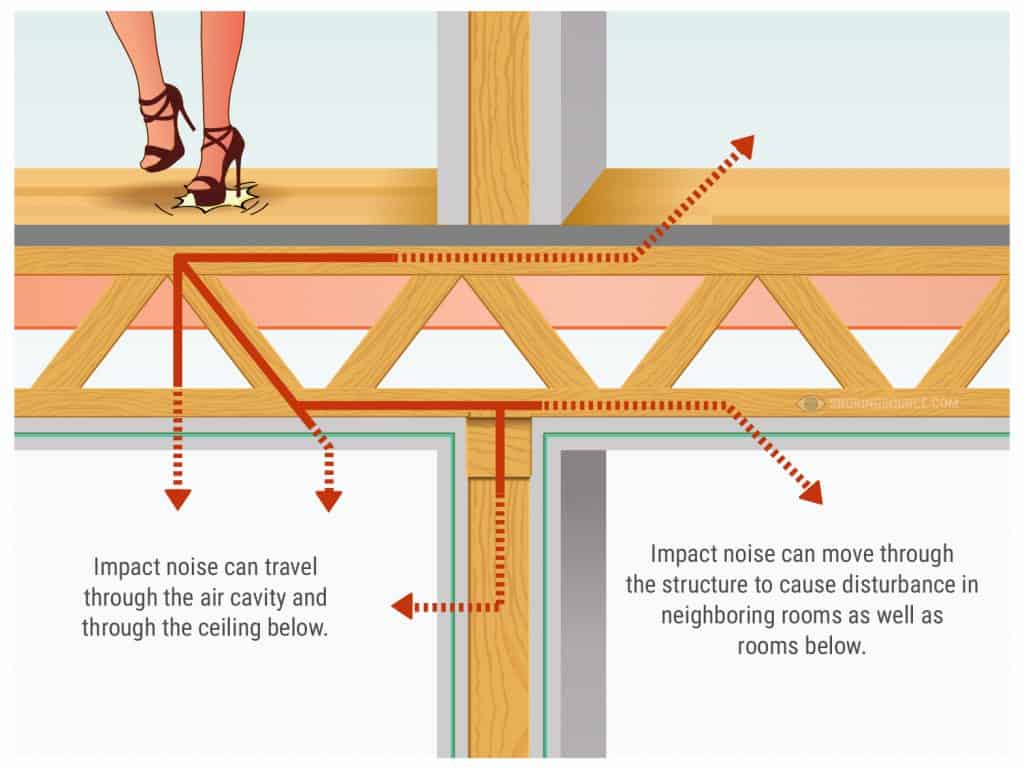
Structural noise is defined as any type of noise that is created when something makes an impact with a structure; footsteps or a ball hitting a floor, for example.
The impact of the object on the surface creates a vibration, and that vibration generates sound waves that travel through a structure. For instance, when a colleague knocks his chair into the other side of the cubicle wall that you share, the sound that you hear is structural noise.
When it comes to a cubicle, the majority of the noise that enters the space is airborne; however, structural noise can also be a concern. Below, we share some tips that can help to reduce both types of sound.
There are several strategies that you can employ to minimize the disruptive sounds that travel into your cubicle so you can create a quieter environment that is more conducive for work.
However, before you make use of any of these tactics, make sure you check in with the powers that be, such as your office manager or boss, to ensure that there aren’t any regulations in place that bar you from using certain soundproofing strategies.

One of the easiest (and most affordable) ways to soundproof your cubicle is by simply hanging thick fabric on the walls.
Do note though, that this solution is most effective for an environment that has low or medium amounts of noise; it may not provide the results you’re looking for if you work in a particularly noisy environment.
The fabric will help to reduce echoes, as it minimizes reverberations, and it may be able to help decrease the transmission of certain frequencies.
Thick, sturdy materials are ideal, such as soundproofing blankets or curtains. These materials can be purchased at retailers that sell fabric, as well as online.
Remove any items that are hanging on your cubicle walls, pull back the furniture, and hang the material on the walls using nails, sturdy staples, or thick push pins. In addition to reducing noise levels, fabric can also help to add some aesthetic appeal to your cubicle (if you opt for a decorative material).
Much of the noise that’s experienced in a cubicle is the result of echoes; sound waves that bounce off of hard surfaces. To reduce some of that echoing and the distracting noise that it creates, bring some “soft” items into your cubicle.
Items include drapes, cushions, throw blankets and pillows, area rugs, and even potted plants. These items will absorb some of the sound waves that make their way into your work space and prevent them from creating a noisy echo-effect.
As with hanging fabric on the walls, adding “soft” materials can also help to beautify the space, giving it a homier, cozier, and more welcoming appearance, which can certainly help to boost morale and productivity.
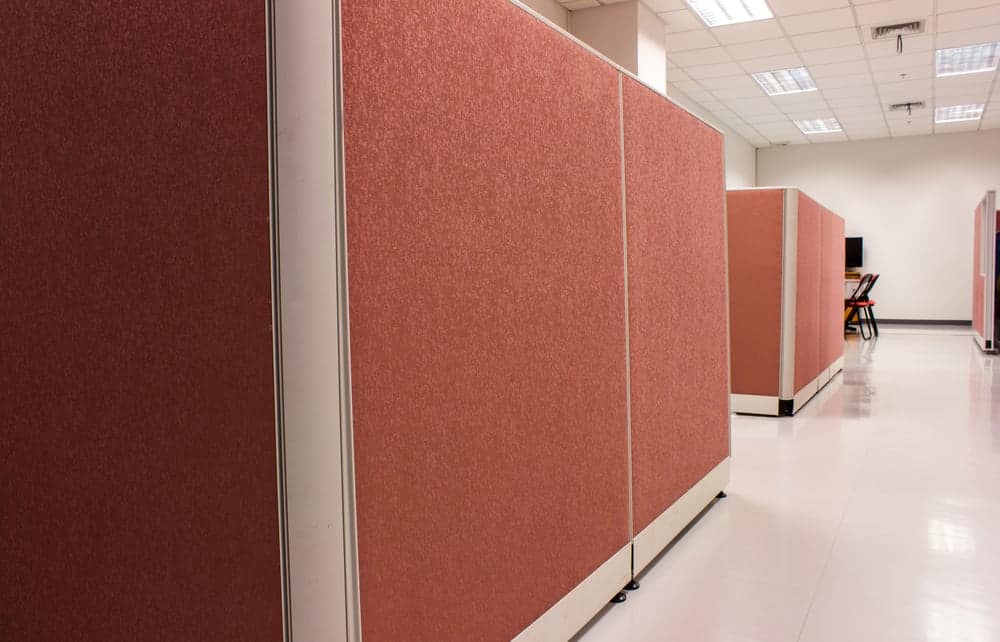
Most cubicle walls have contain gaps and cracks, and as you can imagine, sound easily travels through these open spaces. To block out unwanted noise, make sure you fill in those gaps and cracks. This includes any cracks along the corners of the walls, as well as the bottoms of the panels.
Acoustic foam tiles are an easy way to cover up any openings in your cubicle walls. Simply cut off pieces of the panels and place them into the cracks or holes. Once it’s in place, the foam will expand, filling in the gap thus sealing it up.
Along the floor, try using weather proofing strips. These strips are intended to block out wind and prevent heat transfer; however, they’re also an effective way to obstruct noise. Cut lengths of weather proofing strips the same size as the bottom of your cubicle walls and secure them in place using staples, nails, or adhesive.
While you want to maintain an open door policy, it isn’t exactly conducive for a quiet work environment, as a tremendous amount of noise travels through openings.
To combat some of the obtrusive sound, consider installing a privacy door. Options include swing, bi-fold, or sliding doors. Just make sure that the door fits the opening.
Once installed, a privacy door can help to eliminate a great deal of noise; plus, it can make your cubicle a more secluded space that’s more conducive for phone calls, private meetings, and other work-related tasks.
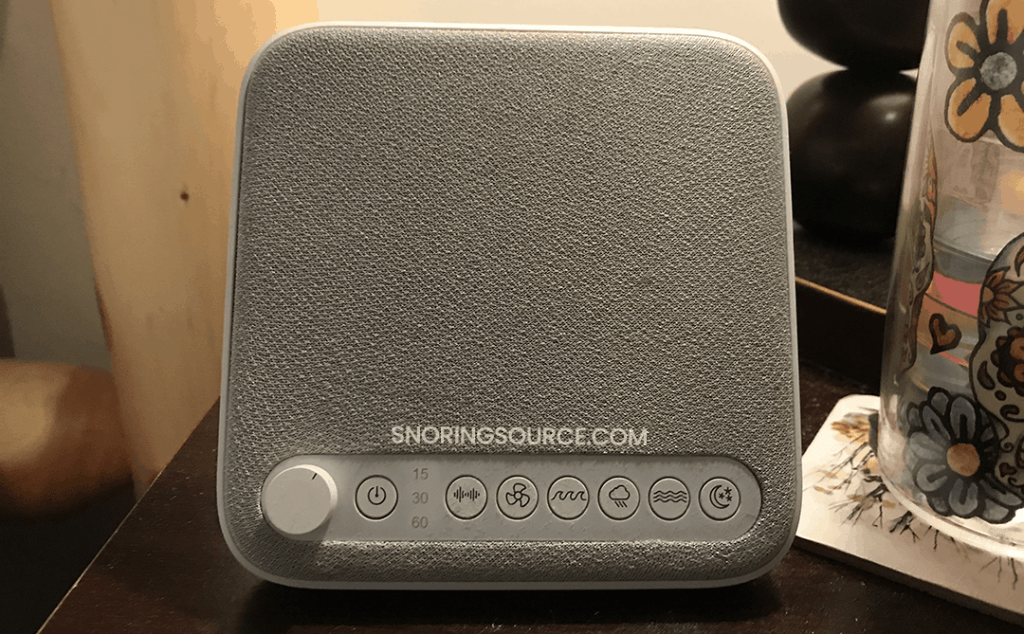
It may seem counterproductive, but a white noise machine can actually be an effective way to drown out the chatter, clicking, footsteps, ringing phones, and other noises that drift into your cubicle.
White noise machines feature a variety of settings that are intended to dampen other obtrusive sounds; whirring, falling rain, crickets, babbling brooks, crashing waves, forest sounds, etc.
In addition to several sounds, you can also adjust the volume on most white noise machines, so you can modify the sound according to your needs.
You’ll focus more on the soothing sounds than the noises that float around your office space and prevent you from concentrating; thus, you’ll find that you’ll have a much easier time getting your work done.
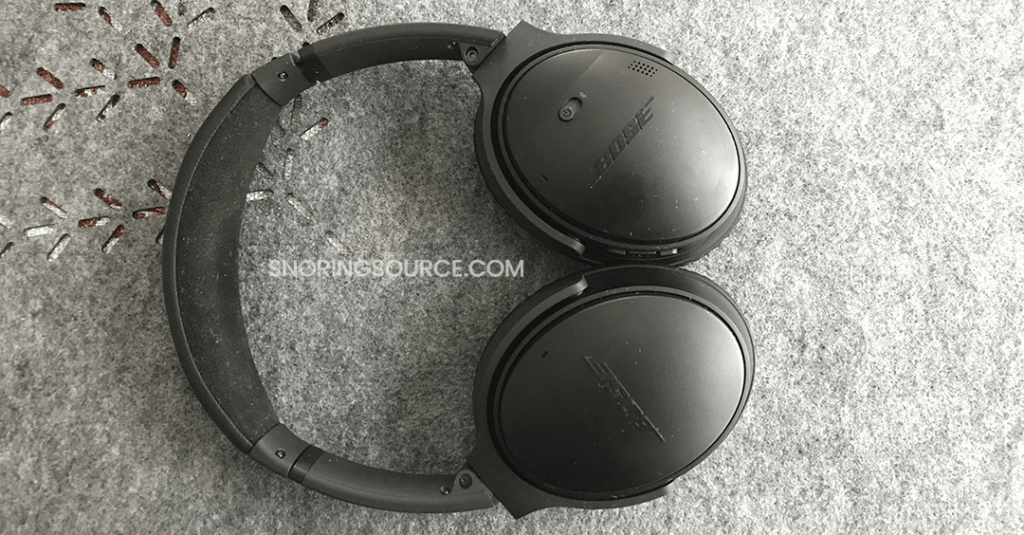
Lastly, you can invest in a high-quality pair of noise canceling headphones to drown out those unwanted sounds that drift into your cubicle. This is an ideal solution if you aren’t able to employ any of the above-mentioned techniques, or if you are only permitted to use a few but they haven’t yielded the results you’re looking for.
There are numerous types of noise canceling headphones available. Some can even pair with Bluetooth and enable hands-free calling and access to your favorite music.
When shopping, make sure that the headphones you choose are lightweight, adjustable, feature padding around the ears, and are comfortable to wear for prolonged periods of time.
After all, if the headphones aren’t comfortable, they’re going to end up being as much of a distraction as the noise that you’re trying to cancel out.
Working in a cubicle setting can be tough; especially when you’re confronted with the challenge of noise. By employing a number of the above-mentioned strategies, you can effectively minimize the unwanted sounds that travel into your work space, creating a more productive work environment.

Snoringsource.com is a participant in the Amazon Services LLC Associates Program, an affiliate advertising program designed to provide a means for website owners to earn advertising fees by advertising and linking to amazon(.com, .co.uk, .ca etc) and any other website that may be affiliated with Amazon Service LLC Associates Program.